Museums, Attractions, & Things to Do
A guide to some of the most exciting museums, attractions, activities, and historical sites in the Marais neighbourhood.
What to See & Do - Museums, Attractions & Activities in the Marais:
Musée Carnavalet
A former Renaissance building, now it’s an expansive museum dedicated to the history of the city, shown through various mediums, including painting, sculpture, photography, furniture, personal objects, signs, graphic arts, and coins. Find artifacts from excavations throughout Paris, with items predominantly from the Gallo-Roman period on display. The archaeology collection here also has a mammoth’s tooth and tools dating back to the Neolithic period.
The numismatic collection alone could function as its own museum, with over 50,000 items, from antiquity coins, rare mints, and medallions, to tokens for various occasions, seals, and signets. The graphic arts department also carries an obscene collection, with over 150,000 documents. Find old maps, prints, portraits, sketchings, and more in this section.
Located in the Marais district, this museum is well worth the visit. Especially as it will be just reopening to the public after four years of renovations to modernise and strengthen the experience. Scheduled to re-open in 2020, though the date has yet to be announced.









Practical Information: This museum is closed for renovations, scheduled to open in 2020.
How to Get There: The closest métro stations are Saint-Paul (M1), Chemin Vert (M8).
Musée d’Art et d’Histoire du Judaïsme
The Museum of Art and History of Judaism is a unique opportunity to explore another cultural subsect within Paris, as the city has always had a large Jewish population. This museum focuses on documenting the Jewish presence within France, while displaying symbolic, historical and religious objects, along with manuscripts, textiles, and art by French-Jewish artists, like Chagall and Modigliani. You’ll even find archive documents related to the Dreyfus affair.
Part of the permanent collection here came from the Musée National du Moyen Âge (aka the Cluny Museum in the Latin Quarter); the objects, which are part of the Isaac Strauss collection, had been moved to storage in World War II and kept there until they were moved to the Jewish history museum. While this museum predominantly focuses on the history of Jews in France, it also acknowledges both the history and the creations of Jews from the rest of Europe and North Africa.
This makes for an interesting visit, different from the more traditional tourist attractions in the city. It provides a unique insight into the history of another culture while bolstering the artists that come from it. Free audio guides are available in multiple languages to help enlighten you as you tour this former mansion-turned-museum.








Practical Information: Open Tuesday to Friday, from 11am-6pm, and from 10am-6pm on weekends. Closed on Mondays and on Jewish High Holidays (which typically falls in September or early October). General admission to the permanent collection and exhibitions is €10, or just €8 for entry to the exhibition. Guided tours in English are available during the high season, which can include a walking tour of the neighbourhood. Free entry the first Saturday of the month. Please note that hours are subject to change, check HERE for the most up-to-date information and to find out when the museum closes for Jewish holidays.
How to Get There: The closest subway station is Rambuteau (M11).
Musée Picasso Paris
You’ve almost undoubtedly heard the name Picasso before – he’s one of the world’s most revered artists, a leader in the Cubist movement and considered one of the greatest modern artists to ever exist. Whether you’re a fan of Picasso or not, this museum is worth the visit with over 40 rooms dedicated to his creations, including his paintings, sculptures, engravings and drawings.
Even with the Picasso museum in Barcelona, the Paris branch is considered the greatest existing collection of Picasso’s works, from the sheer amount of items in the collection to the range of styles and mediums on display. Some of his most prominent works line these walls, welcoming guests to watch his style progress through his various periods and movements.
Special exhibitions are constant, often focusing on other elements of Picasso’s life and work, recent and upcoming exhibitions including: ‘Picasso - Magic Paintings’, ‘Picasso the Poet’, and ‘Picasso and the Comics’.






Practical Information: Open Tuesdays to Fridays from 10:30am – 6pm, and from 9:30am-6pm on weekends. The museum is closed on Mondays and some public holidays. General admission is €14, with a €1 reservation fee when booking a time slot online. Audioguides are available for an extra cost of €5. Please note that hours and admission may change - check HERE for the most up-to-date information.
How to Get There: The closest métro stations are Chemin Vert (M8), Saint-Sébastien Froissart (M8) and Filles du Calvaire (M8), with Saint-Paul (M1) just slightly further away but still close.
Musée Cognacq-Jay
Located in a former hôtel in the Marais, this museum focuses on 18th century decorative arts, from paintings and sculpture to furniture and pottery. See how the upper class of the Enlightenment period lived as you roam the halls, and take in the amazing collection of impressionist works decorating the walls while also enjoying smaller pieces and personal items. When you’re finished looking at jewellery and snuff boxes, sculptures and ornate furniture, you can explore the kitchens and servants’ hall and see how the people behind the scenes lived. Later explore the garden attached to this French Renaissance home.
If countless porcelain pieces – including works from Sèvres porcelain factory – and the works of Fragonard, Boucher, Canaletto, Reynolds, Watteau, and Rembrandt (to name a few) are not enough to draw you in, perhaps the history of the owner of these items will. This museum displays the personal collection of Théodore-Ernest Cognacq and his wife Marie-Louise Jay – the founders of La Samaritaine department store. La Samaritaine was once a small shop and later grew to become a grand department store with countless departments; now owned by LVMH and undergoing a large renovation.

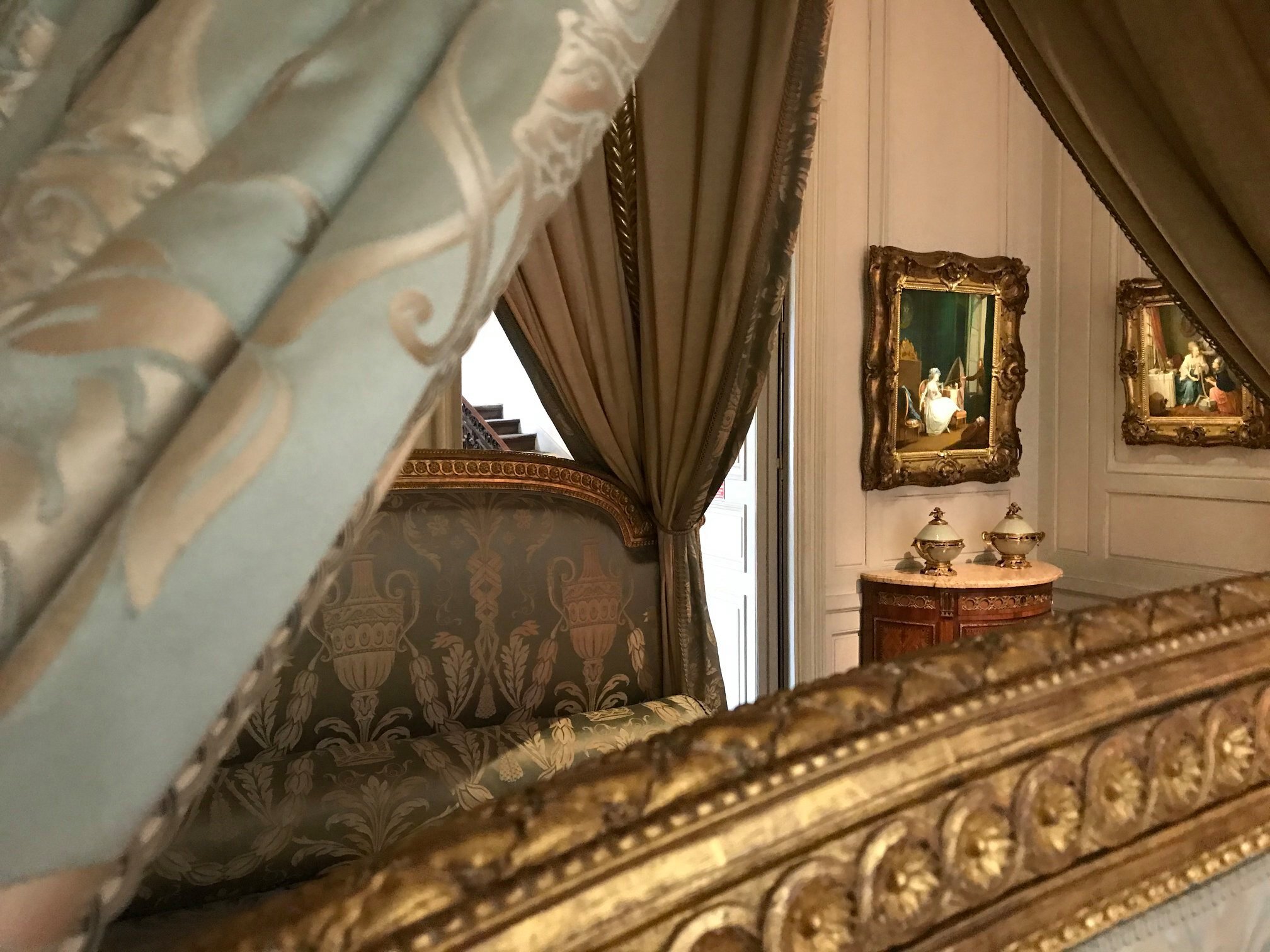
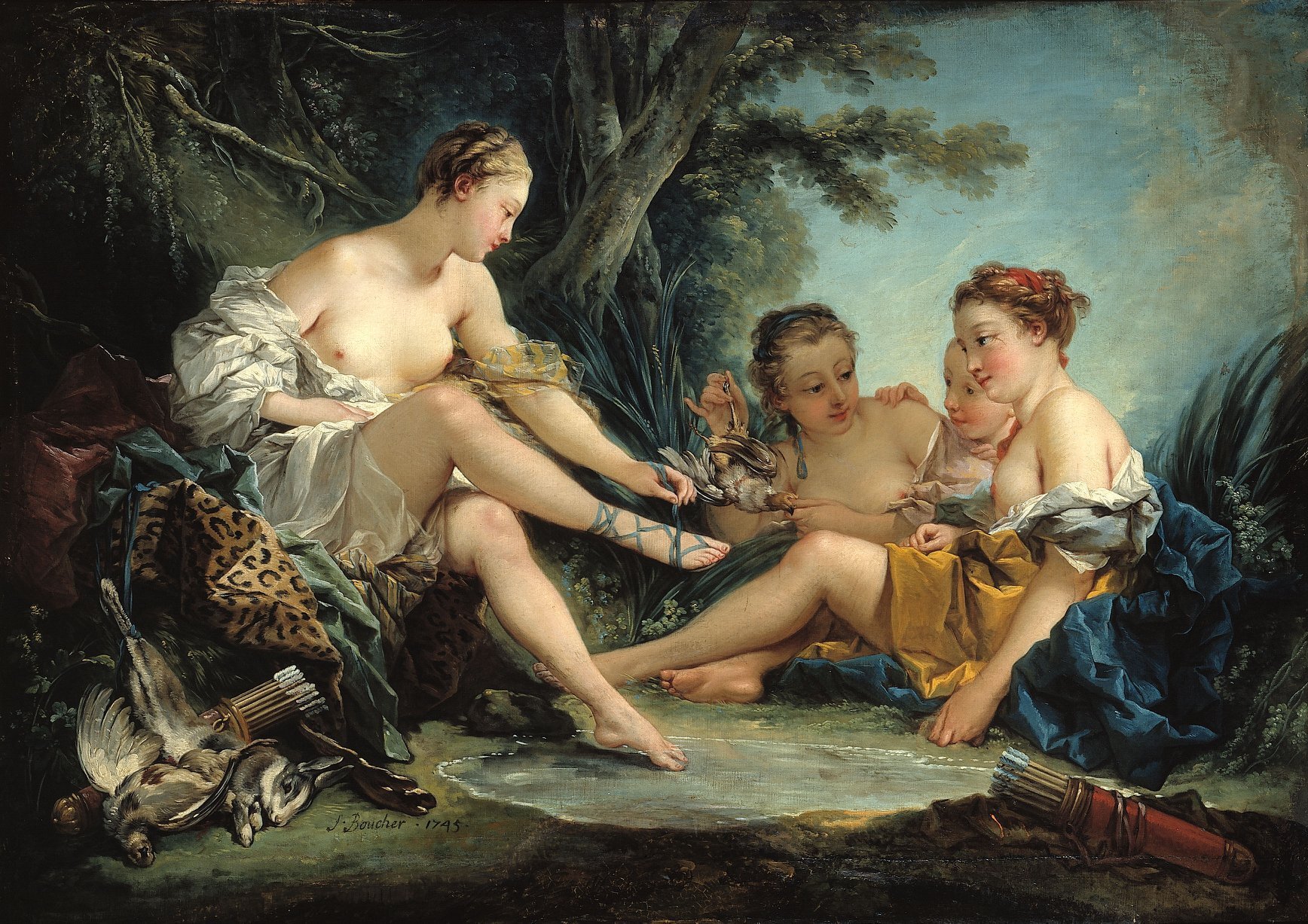
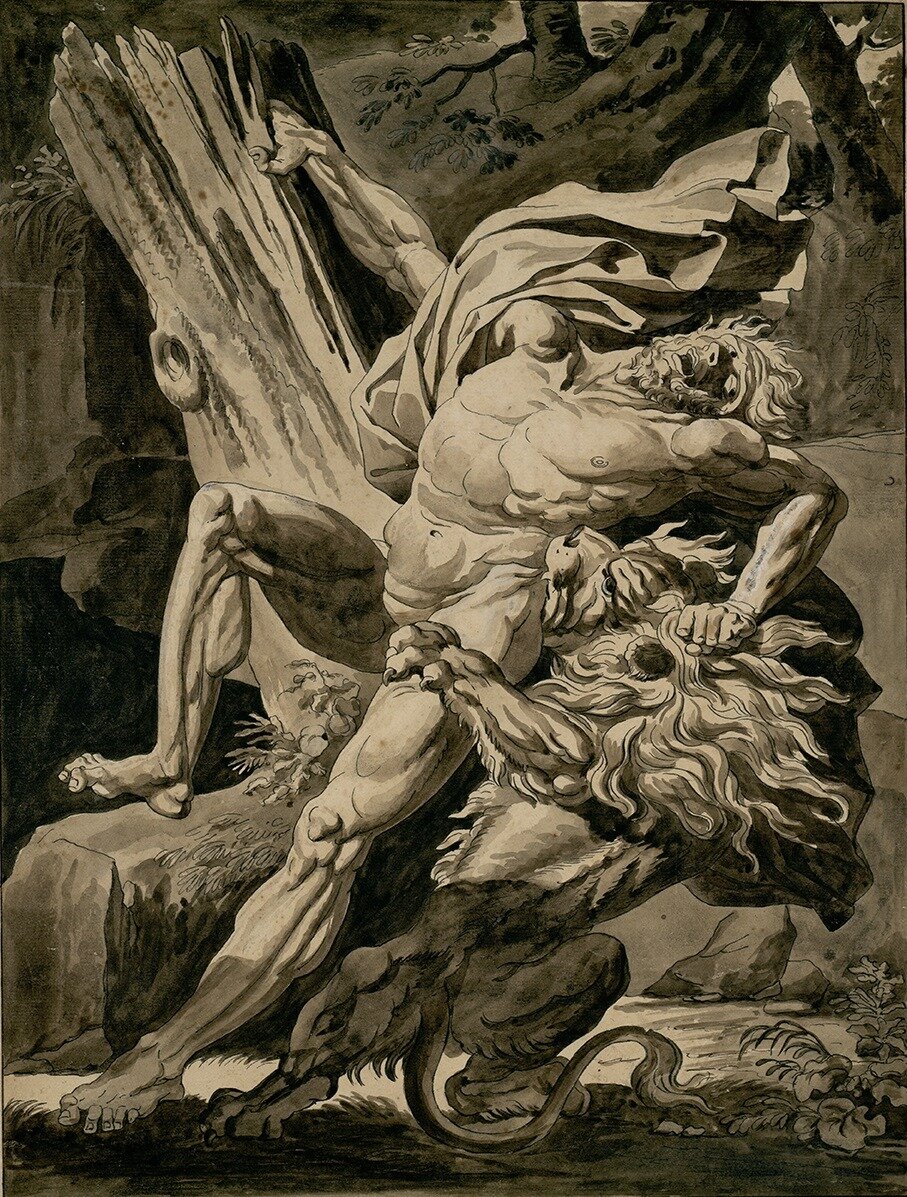

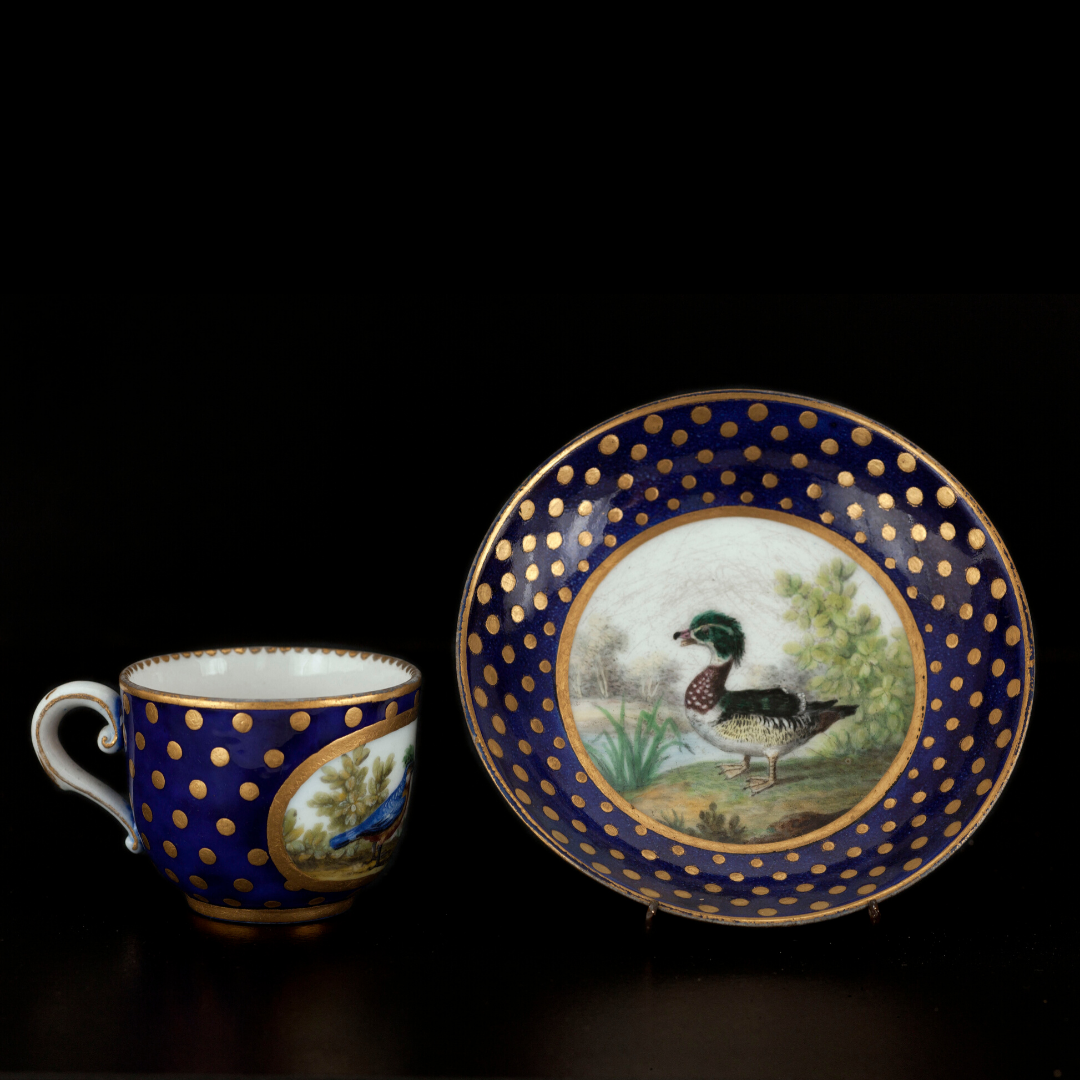
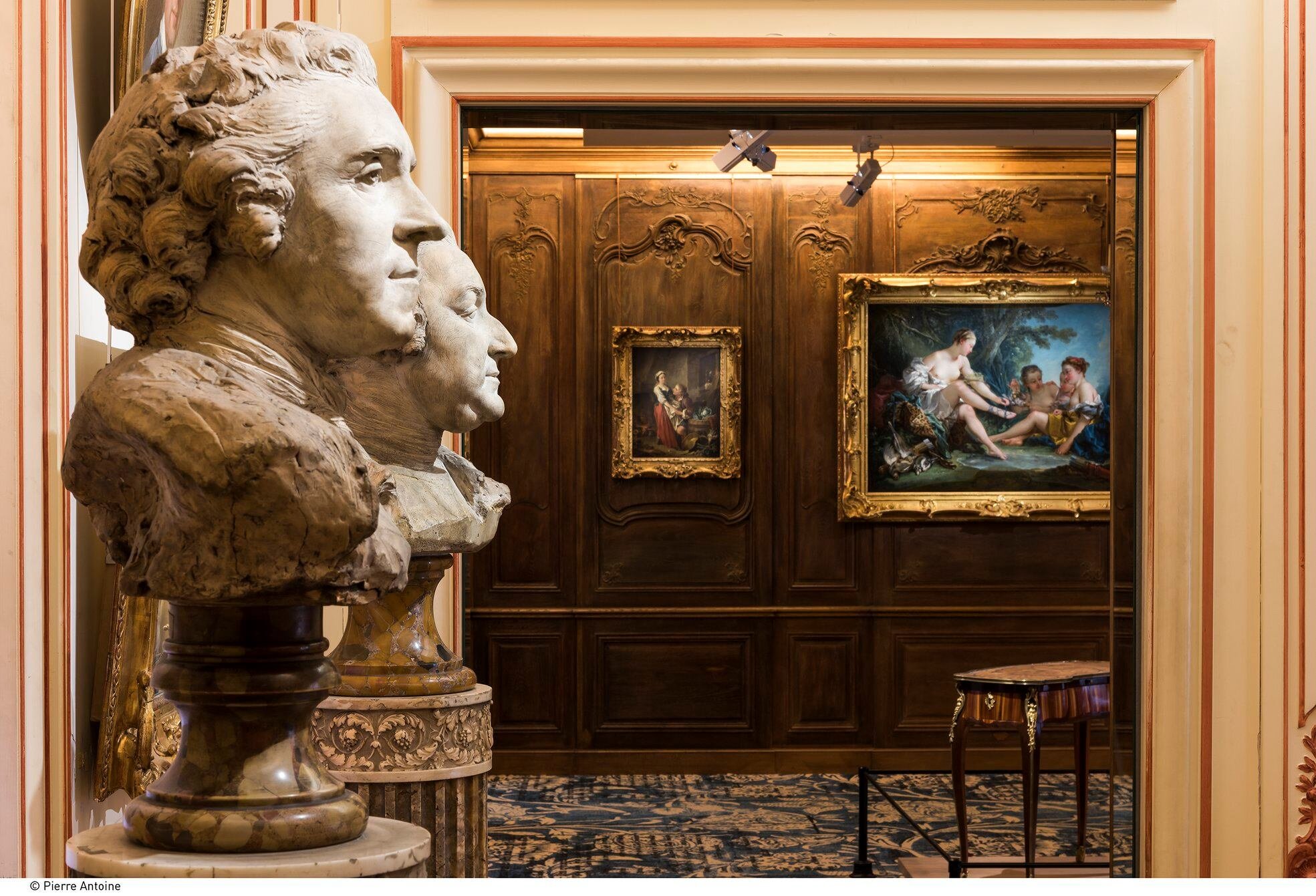
Practical Information: Open daily, except Mondays, from 10am-6pm. Free admission to permanent collections; temporary exhibitions may have an entry fee dependant on exhibition. Please note that hours can/may change, check HERE for the most up-to-date information.
How to Get There: The closest métro stations are Chemin Vert (M8) and Saint-Paul (M1).
Maison Victor Hugo
Whether you’ve read the novel, sang along to the musical, or have watched any of the film/TV adaptations, you’ve undoubtedly come across the French-epic Les Misérables, written by 19th century writer Victor Hugo, also known for The Hunchback of Notre Dame and Toilers of the Sea. In this museum – located in a small townhome in the enchanting Place de Vosges – you can explore where the famed author lived for over fifteen years, and where he wrote some of his most famous work.
Focusing on his life, from before to after his exile to Guernsey, here you can learn about the history of Victor Hugo, how he lived, and what he accomplished in his life – from writing novels and poetry to elaborate illustrations, as well as his personal correspondence to other writers, artists, and his lovers. You can also enjoy the small garden in the back, a quieter place to sit and read, tucked away from the public.
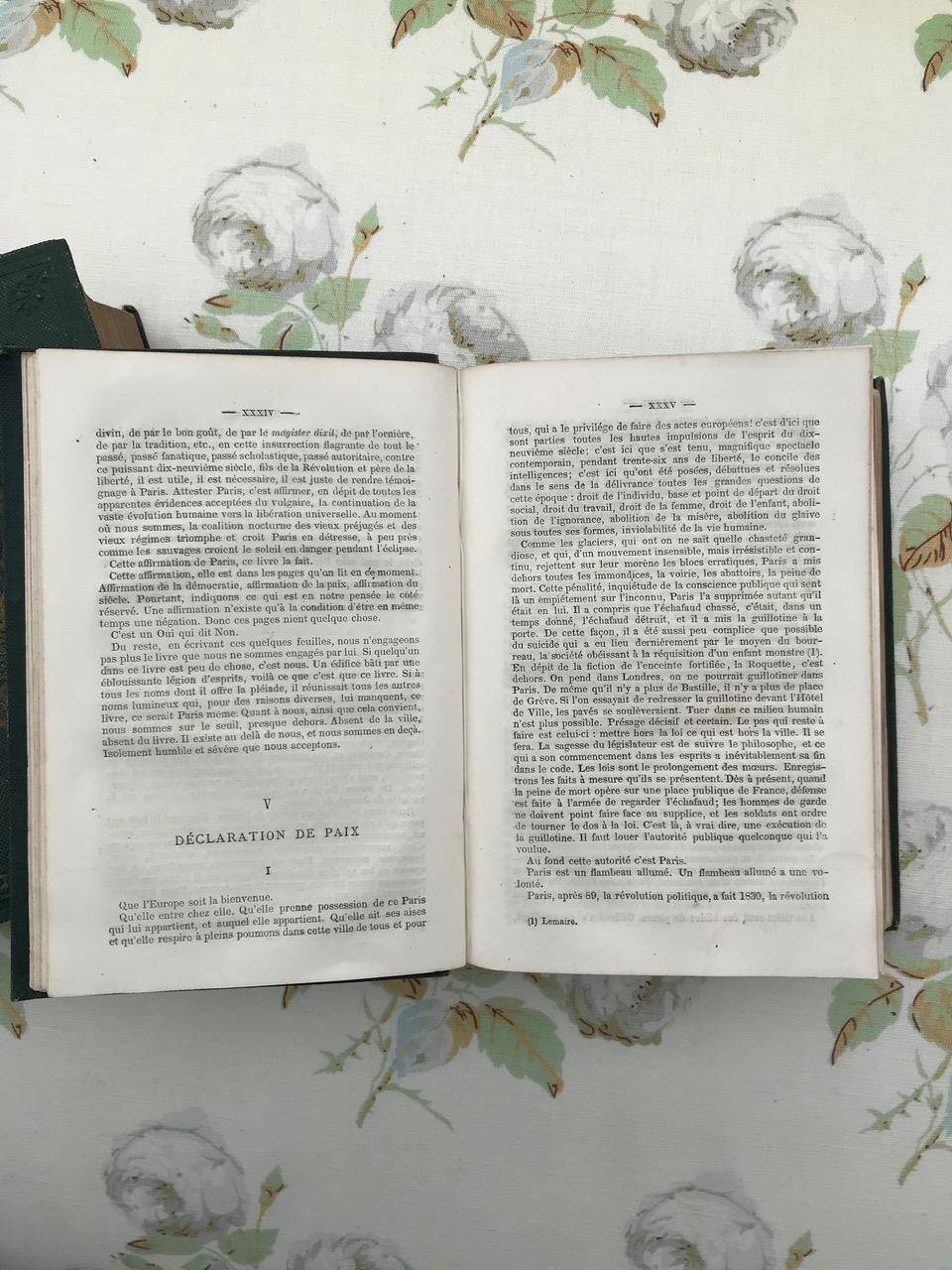
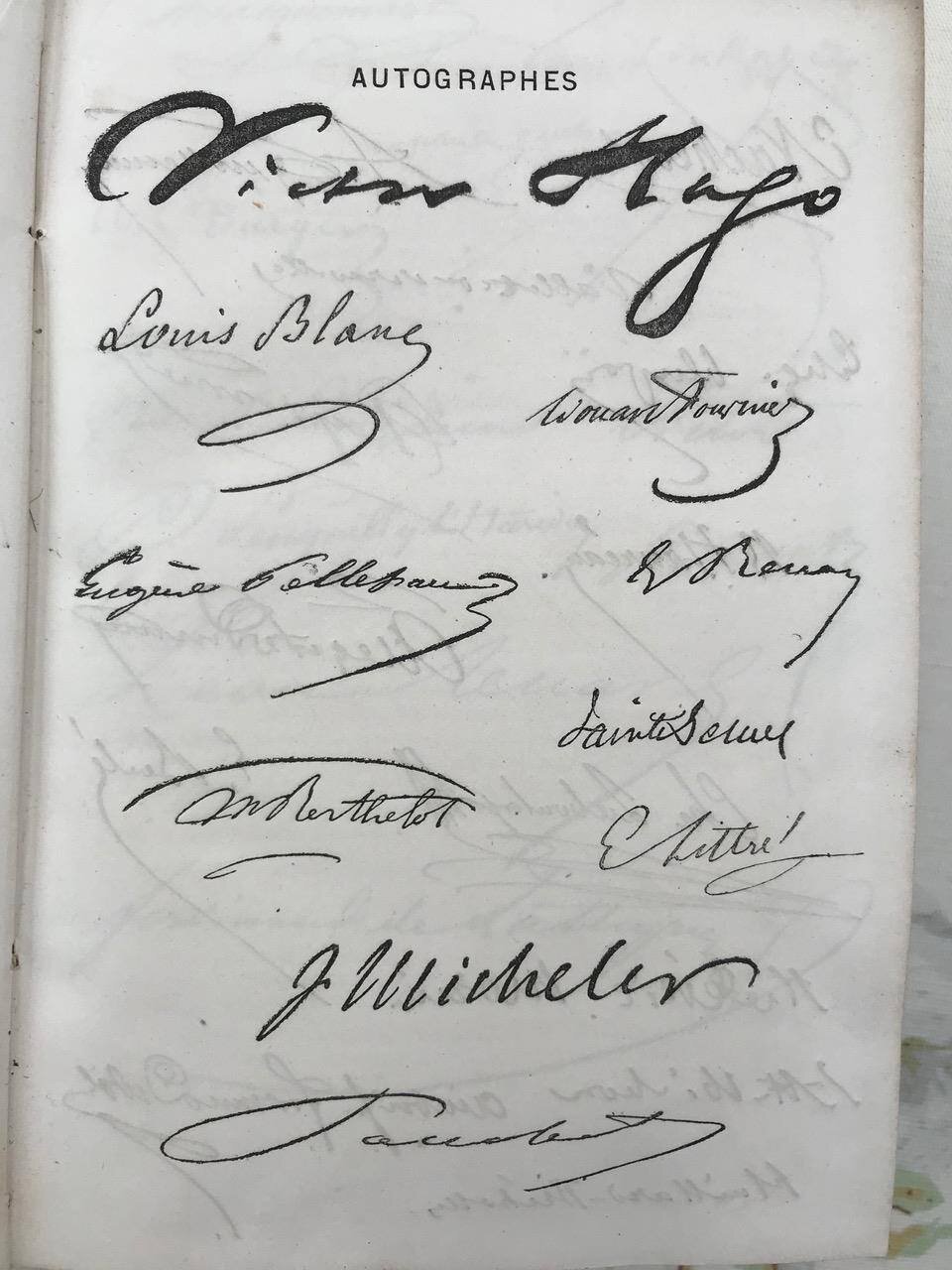
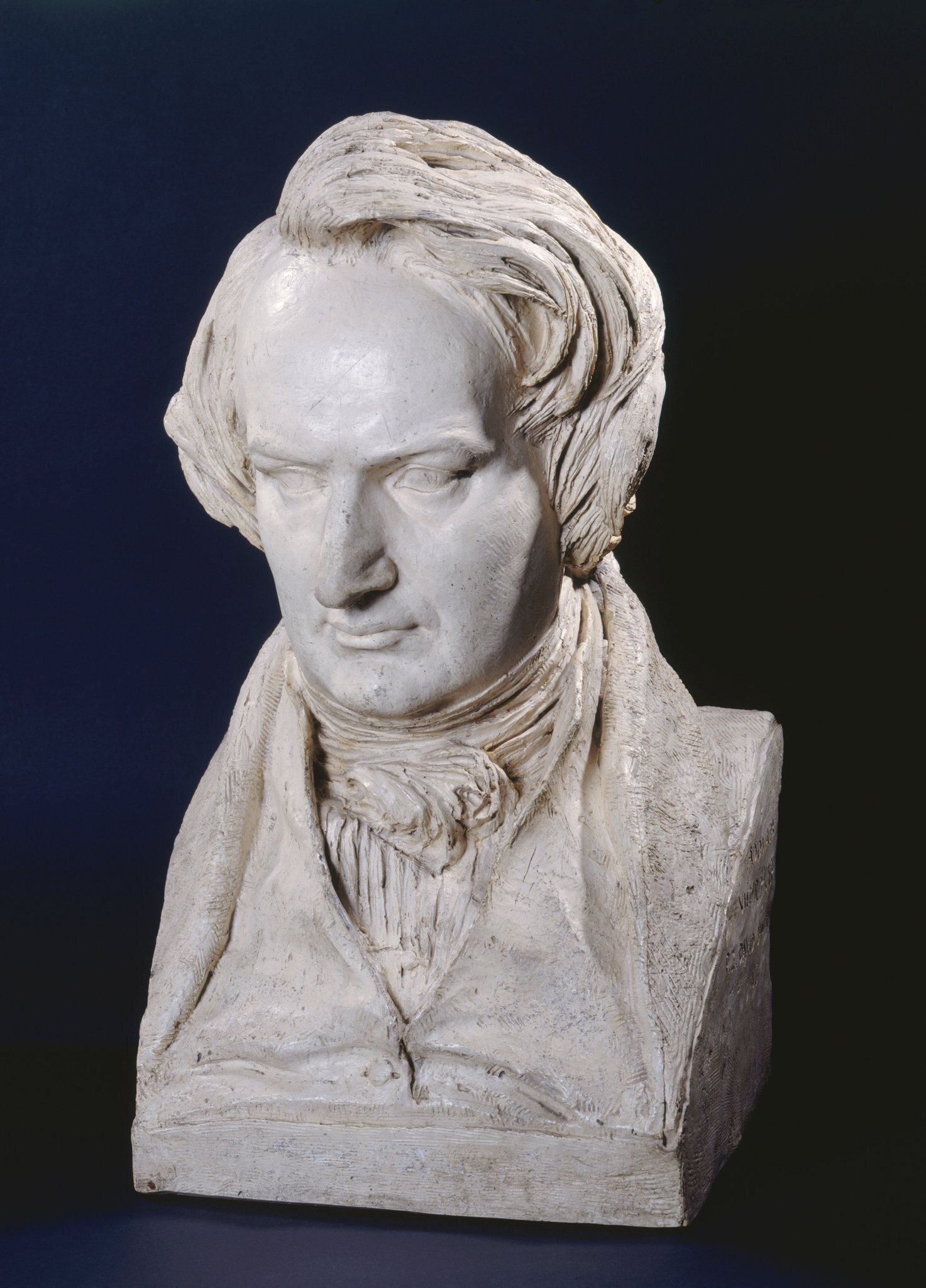
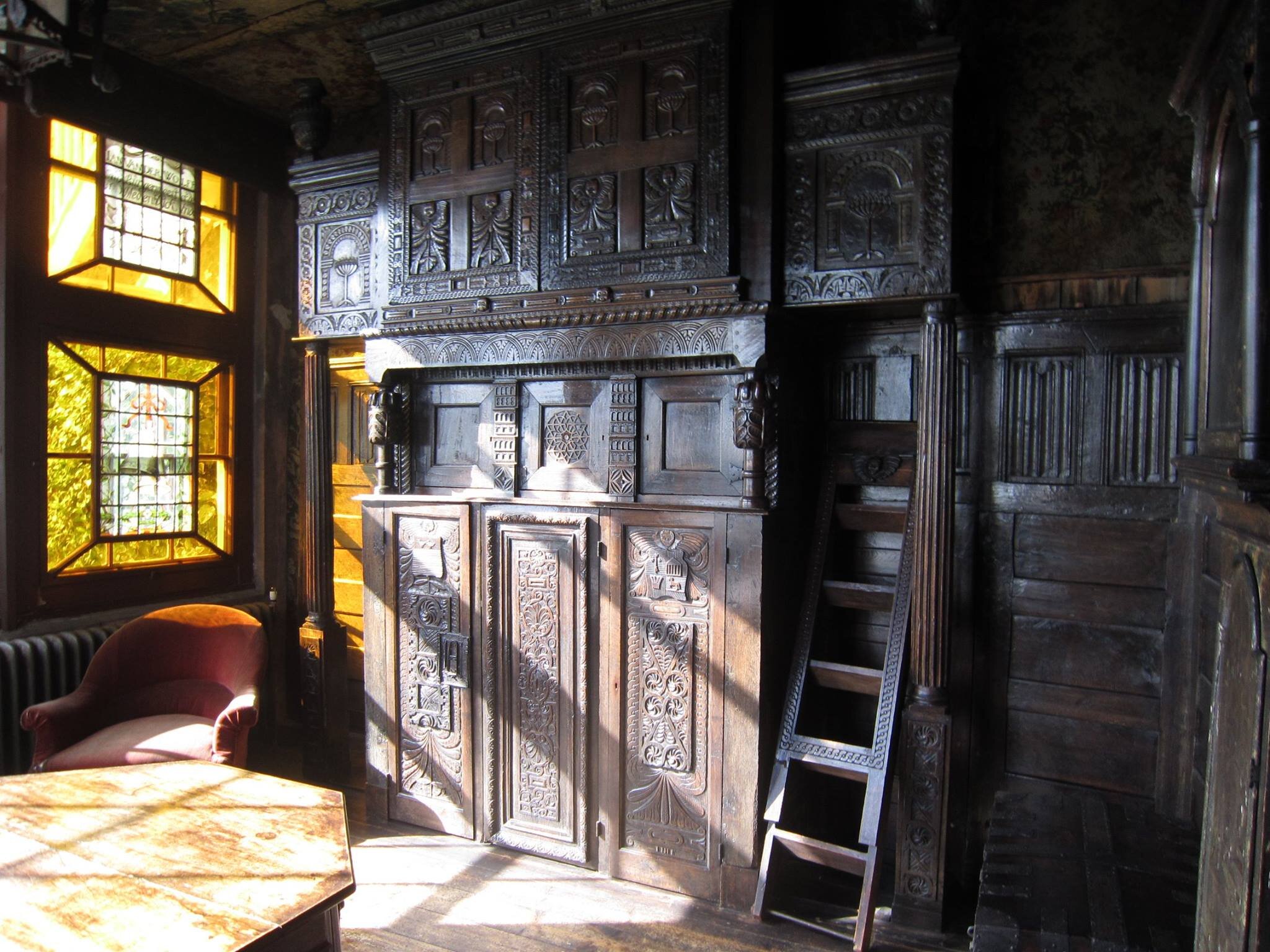
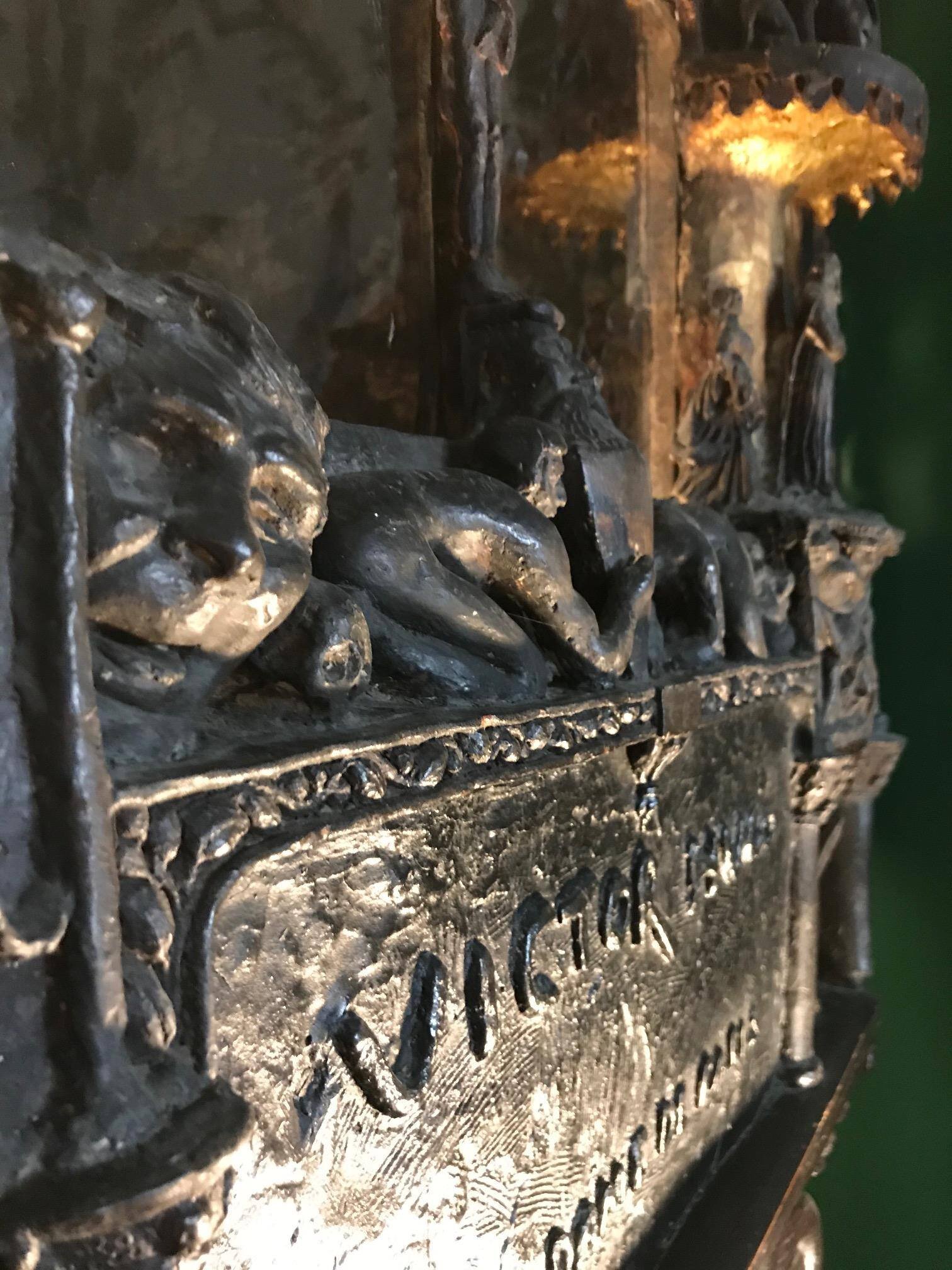
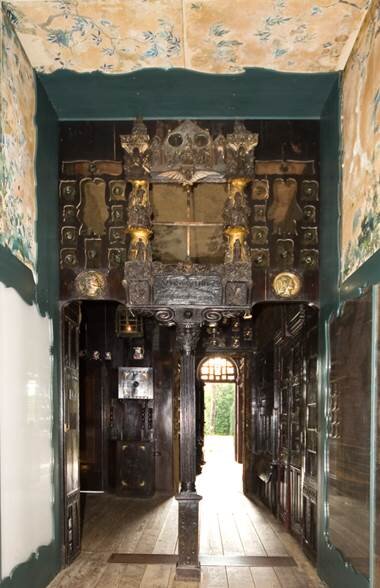
Practical Information: Open daily, except Mondays, from 10am-6pm. Free admission for the permanent collection; temporary exhibitions have an entry fee between €5-€7. Scheduled to reopen to the public in November 2020. Please note that there may be delays in the renovation process and that hours may change, check HERE for the most up-to-date information.
How to Get There: The closest métro stations are Chemin Vert (M8), Saint-Paul (M1), and Bastille (M1, M5 and M8).
Musée Pierre Cardin
A small (and pricier) museum tucked away in the Marais that focuses on the designs and fashion of designer Pierre Cardin. Here you’ll find over 250 haut couture designs on display, covering a 50-year period. Over 4000 pieces are kept in the museum’s archives, with a permanent collection that is continuously growing. The collection is introduced by the museum curator and personal friend of designer Pierre Cardin, which provides an intimate perspective to the museum and its collection.
Practical Information: Open from Wednesday to Sunday, from 1pm to 6pm. Admission is €25 per person. Please note that hours can change and the museum may close for holidays. Check HERE for the most up-to-date information regarding hours, entry fees, and accessibility.
How to Get There: The closest métro stations are Chemin Vert (M8), Saint-Paul (M1), and Bastille (M1, M5 and M8).





Musée de la Magie
A small privately owned museum located in 16th century cellars, this museum is dedicated to the practice of magic and the curiosities surrounding it. Started in the late early 90s by magician Georges Proust, you’ll find his own personal collection of tools of the trade, as well as fun and whimsical objects that touch on divination, the occult, and the unknown – some collected, some donated. Items on display include posters and signs dating back to the 18th century, trick decks of cards, magic hats and wands, performance costumes, structures and props for illusion art, automatons, paraphernalia for the occult, tarot cards, and more! It’s a quirky little museum, something light and fun to explore – albeit at times creepy - that’s different than so much else in the city of Paris. And to make the experience even more interesting, consider who’s house this museum is located in. The Musée de la Magie is located in the basements vaults of Marquis de Sade’s old house.


Practical Information: Hours are not always consistent at this museum, though traditionally open from 2pm-7pm on Wednesdays and weekends, and daily during school holidays (so be warned there may be an influx of young kids if going over their school breaks). General admission is €14. Please note that hours can change and the museum may have extended hours or openings - check HERE for the most up-to-date information regarding hours, entry fees, and accessibility.
How to Get There: The closest métro stations are Sully-Morland (M7) and Saint-Paul (M1).
Mariage Frères Museum
While internationally recognized as a famous French tea brand, often found in luxury hotels and posh restaurants, Mariage Frères is more than just another trendy tea shop, though you will find multiple locations of their stores around the city and in France, often attached to a tearoom where you can sit, relax, and indulge. However, the Marais location offers more than just a shop and tearoom – perhaps because it’s the original location. Here you will find a little museum tucked away upstairs for your exploration, introducing you to the history of the brand and the popularization of drinking tea. It’s a small collection and doesn’t take long to explore, but it’s definitely worth a quick stop by if you even remotely enjoy tea.
In this museum you’ll find teapots and urns from around the world and used throughout history, demonstrating the different way tea can be prepared and how techniques and styles have evolved. You’ll find all the necessary accoutrements on display, from cups and saucers, tea cozies, tools for the leaves, and items you’ve probably never heard of. Explore old canisters and tins, showing off different cultures and commemorative moments, as well as see the many ways tea was used to define status and culture. Don’t forget to look at pictures and posters on the walls, specifically the large map over the stairs.
Practical Information: The museum is open daily from 10:30am-7:30pm and is free to explore.
How to Get There: The closest métro stations are Hôtel de Ville (M1 or M11) and Saint-Paul (M1)
Mémorial de la Shoah (Shoah Memorial and Holocaust Museum)
This museum portrays a much darker time in more recent history, focusing on the Holocaust, both from a French perspective and from a European perspective. Told through pictures, texts, films, interviews, personal objects, original documents, and more, learn the stories of those affected. Explore the different chapters of the Holocaust in 12 sequences, from the rise of Nazism, creation of French internment camps and deportation of Jews, the Final Solution, creation of extermination camps like Auschwitz-Birkenau, and liberation, with segments of the permanent exhibition focusing on survival and resistance during the Holocaust, French pillaging and persecution of Jews, and rebuilding post-war. The final part of the permanent collection focuses on the children of the Holocaust, with photos and names of over 3000 Jewish kids who were deported.






Practical Information: The Shoah Memorial and museum is open daily, except for Saturdays, from 10am-6pm, with extended hours on Thursday until 10pm. Aside from Saturday closures, the museum does close for certain civic holidays and Jewish holidays. Admission to the museum is free. Please note that hours may change – check HERE for the most up-to-date hours and to note any holiday closures.
How to Get There: The closest métro stations are Hôtel de Ville (M1 or M11), Saint-Paul (M1) and Pont Marie (M7)
Take a Free Walking Tour or Book a Specialized Experience
Throughout Paris you’ll find free neighbourhood walking tours you can join, a great way to spend an hour or two getting an introduction to a new area. Granted, they will emphasize the most touristy spots and it’ll make you stick out like a sore thumb, but you will undoubtedly enjoy the tour and it costs nothing (though tips are always suggested). Check out Discover Walks or City Free Tour to learn about their free walking tours, where to meet and when. You can also explore VoiceMap and find an audio guide to listen to as you explore independently.
If you don’t mind paying for a specialized tour, you can find some great themed tours, especially when it comes to food, history and art. Tour companies like Secret Food Tours, Paris by Mouth, and Eating Europe are great options for those who appreciate gastronomy or just want to know where the locals dine. Discover Walks, in addition to their free tours, also offer smaller group and more themed tours for a price. Or consider Localers and Meeting the French, both are dependable options when looking for a truly focused and specialized tour, as well as unique experiences in the city. And if you’re not concerned about price, consider Context Travel, which is definitely one of the pricier tour companies, though they offer some intimate and private experiences unlike any other company.




